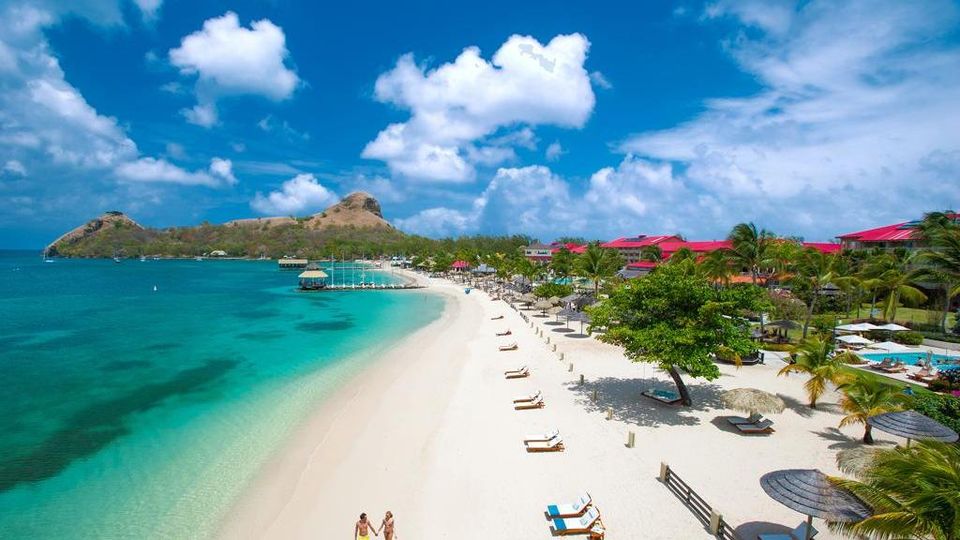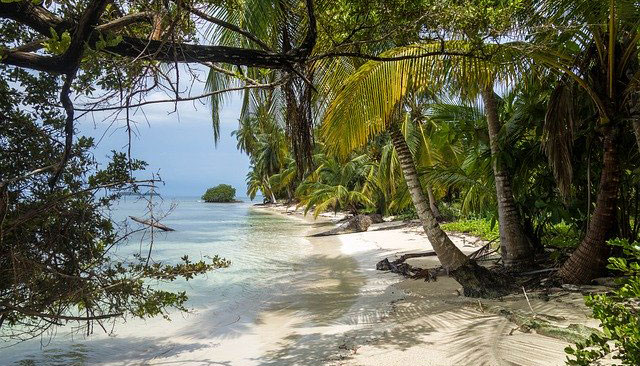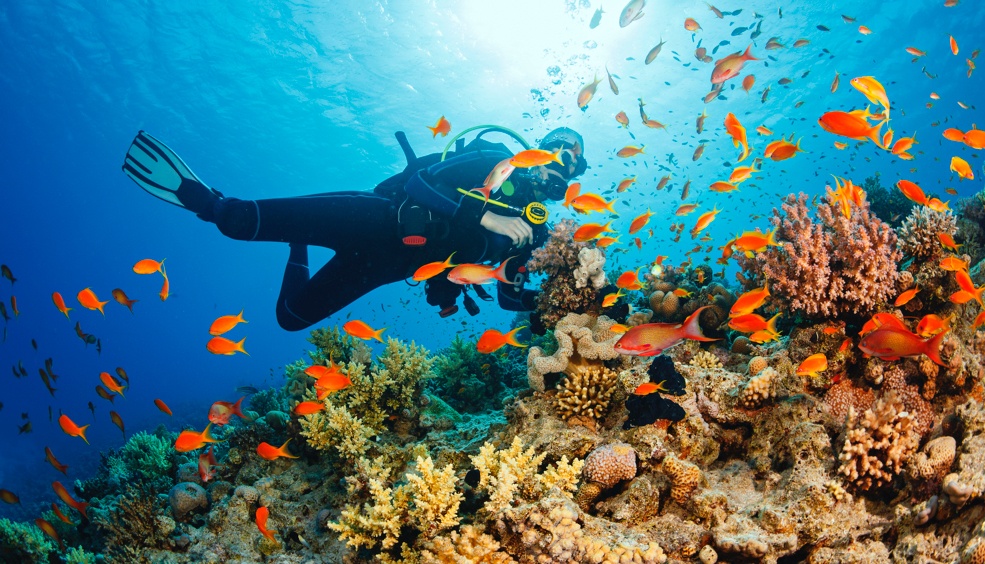When you hear the word “Caribbean Sea”, your thoughts immediately enter the islands and beaches of your dreams. Together with the “pirates”, these islands and beaches have made a great contribution to promoting the myth of this world. For Italian and European tourists in general, the Caribbean Sea has always been a refuge for sunbathing and swimming in winter. In fact, when it’s freezing here, the sun shines on the Caribbean Sea. Although it is difficult to find people who do not want to swim in the Caribbean, it must be said that there is a lot of confusion in this part of the world. In fact, in this travel guide, we will clarify what “Caribbean Sea” means, which states are part of it, which part of the world it is in, when is the best time to visit them, and so on.
1-Where the Caribbean is located
The Caribbean Sea is considered a region of the Amariken continent (North and South America) and its borders border on the Caribbean Sea. In fact, all the states of the continent washed by the sea of the same name are part of the Caribbean Sea, not only islands, but also countries such as Colombia, Mexico and Venezuela. The borders of the Caribbean are the Gulf of Mexico to the north, the Atlantic Ocean to the east, the Central American states to the west and the South American continent.

2-The Caribbean Sea
As we have already said, the Caribbean Sea borders the area of the same name. It is a “tropical sea”, almost warm all year round, with an average temperature between 20 and 33 degrees. Although it is not “closed” like the “Mediterranean”, it is considered very similar. In fact, the Caribbean is one of the few areas in the world that can compete with the Italian coastal areas (including islands). Contrary to what happened in the Mediterranean, the Caribbean Sea is affected by the typical “tropical storms”, which occur about 10 times a year, and about half of them become hurricanes. The intensity of these phenomena changes every year and the most dangerous period to encounter these atmospheric phenomena is from August to November. However, it should be kept in mind that hurricanes can also occur in December, July and June, and not all hurricanes strike along the coast.
3-When to go to the Caribbean
If you start thinking about spending a few relaxing days on the beautiful Caribbean beaches, then surely you will want to know when is the best time. The problem is that there is no single answer that applies to all Caribbean regions, or the ideal is obviously the dry season, which can be between December and April in principle, but there are obvious differences between each country / region. , it’s best advice is to get enough information about each destination you want to view. In some cases, the recommended time period can be 2 or 3 months a year, outside of which rainfall is very frequent.

4-Insects and Zika viruses
Do mosquitoes, mosquitoes and various insects worry you? In fact, for many of these tropical vegetation is a great place to live and breed, and so you may encounter some pesky insects on a trip to the Caribbean. Obviously a lot depends on the region you go to; a lodge in the woods suffers more than a hotel in a seaside resort, but in any case it is good to leave ready. A good insect repellent, perhaps even natural (but rather designed for tropical climates), could become a faithful travel companion. The same goes for a good remedy that can relieve itching and swelling. But it must also be said that (scientifically) not everyone targets the same insects that perceive colors, smells, temperatures and many other factors that lead them to choose the ‘victim’. Also to be considered is the Zika virus, transmitted by mosquitoes in some Caribbean regions; often the virus is completely asymptomatic, but in some cases it can cause fever, headache and various diseases. Pregnant women need to pay more attention and get adequate information; it is therefore advisable to consult the page dedicated to the Zika Virus on the Viaggiare Sicuri website.
5-Snorkeling and diving
If you are a lover of underwater life, the Caribbean is the perfect place to admire hundreds of fish and corals of various species. Indeed, the Mesoamerican reef system is developing in the Mesoamerican region, which includes the Yucatan reef in Mexico, the Belize reef to the southern coast of Honduras, and the second largest reef in the world, second only to the Great Barrier Reef of Australia. The presence of this natural spectacle attracts tens of thousands of snorkeling and diving tourists each year who have great opportunities here to spot unique marine animals in a heavenly setting. The more touristy coastal regions of the Caribbean also have dozens of diving centers, where various PADI licenses can be obtained. If you choose to go scuba diving, don’t worry too much about the basic equipment provided directly by the diving center.







